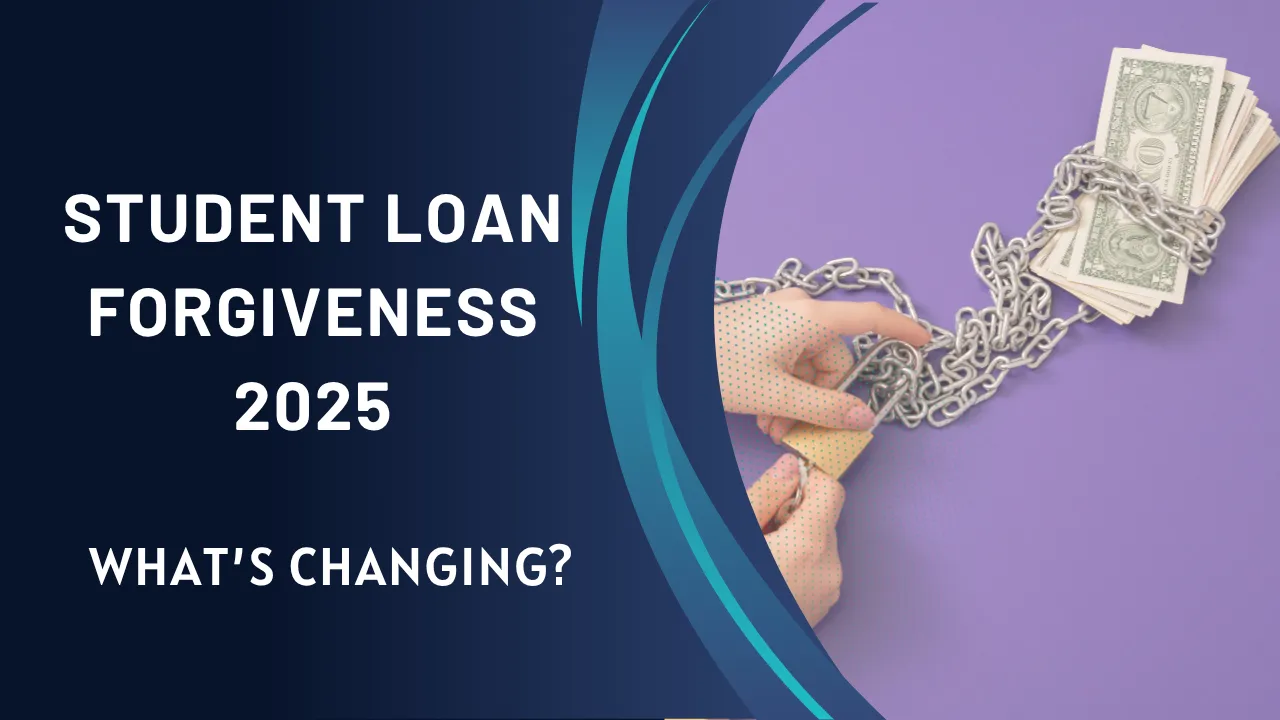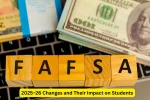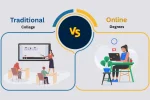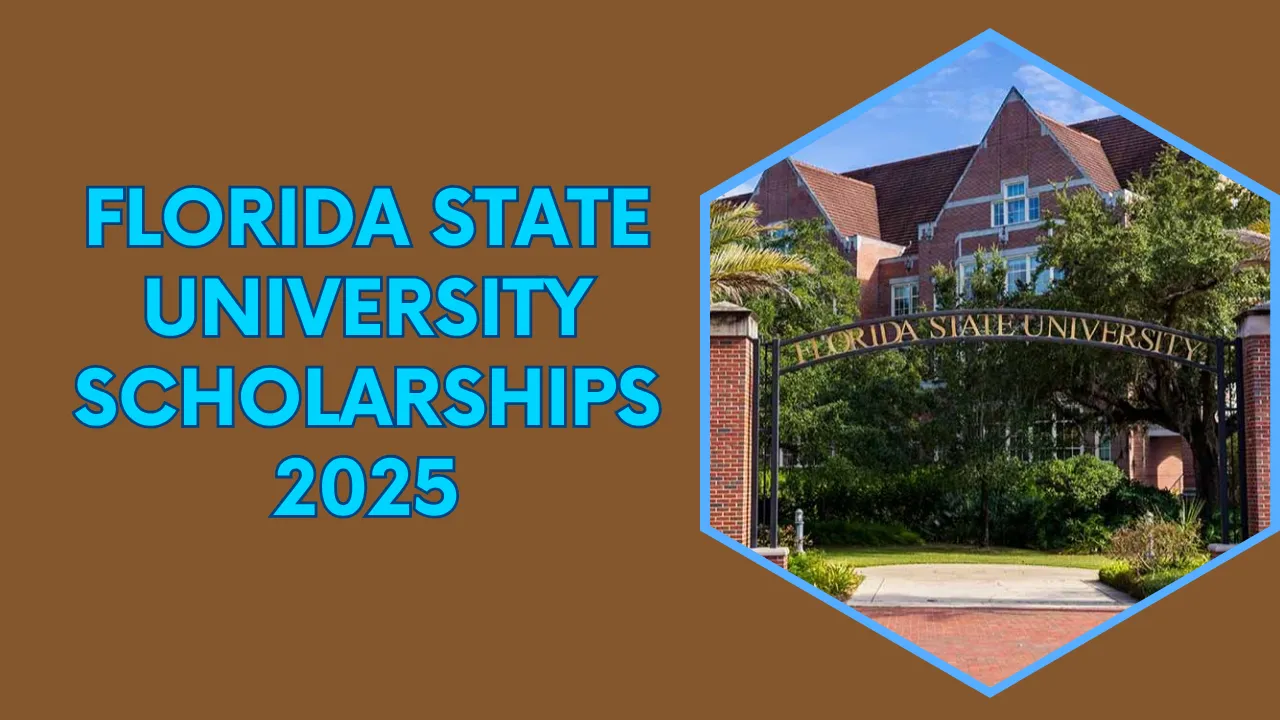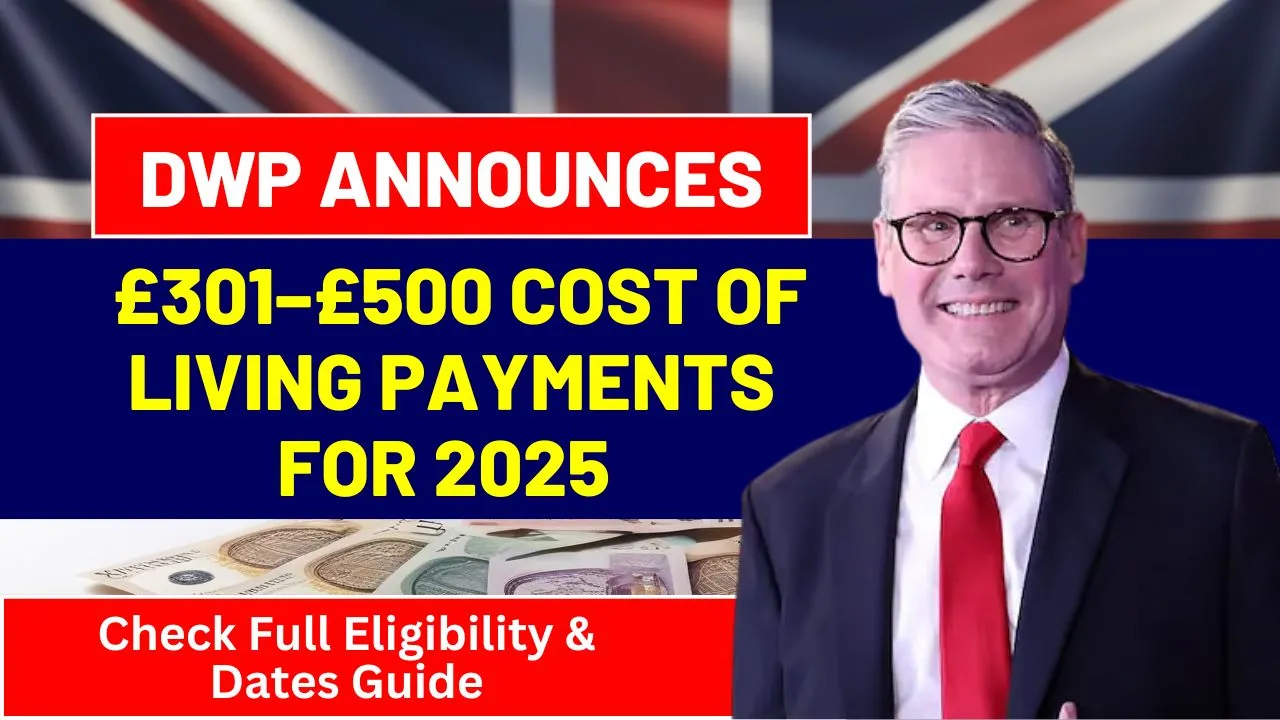Student Loan Forgiveness 2025: For millions of Americans carrying student debt, 2025 is a pivotal year. New policies, evolving legal interpretations, and shifting political priorities are reshaping how borrowers approach repayment and forgiveness. Whether you’re a teacher in a public school, a nurse in a nonprofit hospital, or a graduate on an income-driven repayment plan, the rules of the game are changing—and fast.
The Student Loan Forgiveness 2025 reforms come at a time when economic uncertainty and rising interest rates have placed even greater pressure on borrowers. From updates to Public Service Loan Forgiveness (PSLF) to legal challenges affecting income-driven repayment (IDR) plans, it’s more important than ever to understand where you stand and what actions to take next.
Student Loan Forgiveness 2025 – What’s Changing?
Student Loan Forgiveness 2025 introduces a series of federal adjustments that could significantly affect repayment options, forgiveness qualifications, and the future tax treatment of canceled debt. As part of broader efforts to streamline student loan programs, the Department of Education is recalibrating how forgiveness works for public service employees, income-based repayment plan users, and borrowers relying on tax-exempt discharge. Proposed rules may restrict PSLF eligibility, extend repayment terms under IDR, and reintroduce taxes on forgiven balances starting in 2026. For those with federal student loans, these changes could alter timelines, monthly payments, and even long-term financial planning strategies.
Overview Table
| Key Area | What’s Changing in 2025 |
| Public Service Loan Forgiveness | Narrower employer eligibility under new rule proposals |
| Income-Driven Repayment Plans (IDR) | SAVE plan temporarily halted; timelines under review |
| Tax on Forgiven Loans | Tax-free forgiveness ends Dec 31, 2025 (pending renewal) |
| Loan Borrowing Limits | New caps may be introduced for future borrowers |
| Subsidized Loans | Potential phase-out in legislative drafts |
| SAVE Plan Accessibility | Website tools disabled due to court orders |
| Forgiveness Timeline Changes | Possible extension from 20 to 30 years under IDR |
What is Changing with Public Service Loan Forgiveness (PSLF)?
For borrowers relying on PSLF, 2025 could bring some of the most impactful changes in over a decade. Proposed Department of Education rules may redefine what constitutes a qualifying employer. While PSLF has traditionally covered most nonprofit and government employees, new criteria could exclude workers for organizations that, for example, provide gender-affirming care or serve undocumented immigrants. These exclusions could retroactively disqualify certain payments from forgiveness eligibility.
Additionally, the certification process is expected to become stricter. Previously accepted Employment Certification Forms may require reevaluation under these new rules. This has stirred significant concern among teachers, nurses, and social workers whose employers may no longer meet federal definitions for “public service.”
Income-Driven Repayment (IDR) & SAVE Plan Updates
The SAVE plan—designed to cap monthly payments based on income and offer forgiveness after 10 to 25 years—was hailed as a breakthrough in repayment reform. However, in early 2025, legal actions temporarily blocked SAVE’s online application system, leaving many borrowers in limbo. While those already enrolled remain protected, new applicants may face delays or be forced to apply manually.
On a broader scale, Congress is reviewing changes to IDR terms. One major proposal would extend forgiveness periods to 30 years for many borrowers—especially graduate students—potentially increasing total interest paid. Others suggest replacing SAVE with a more restrictive plan, aiming to reduce long-term federal liabilities.
Broader Legislative and Tax Implications
One of the most overlooked but vital updates for Student Loan Forgiveness 2025 is its tax implication. Under the American Rescue Plan, forgiven loan balances have been tax-exempt from 2021 through the end of 2025. If Congress does not extend this provision, forgiven amounts starting January 1, 2026 may be treated as taxable income.
Imagine receiving $50,000 in loan forgiveness—only to owe several thousand dollars in taxes. This potential shift could impact those nearing the end of their repayment term and prompt a wave of early forgiveness applications. Budget proposals also suggest introducing annual loan caps ($50,000 for undergraduates, $150,000 for graduates) and eliminating access to Parent PLUS and Grad PLUS loans.
Why These Changes Matter to You
Whether you’ve been in repayment for 2 years or 20, these changes could affect you:
- Public sector workers: May lose eligibility due to new employer definitions.
- Borrowers on IDR plans: Could face longer repayment periods and lose access to the SAVE plan.
- Tax-conscious borrowers: Face new liabilities if forgiveness is granted post-2025.
- New students or recent graduates: May encounter reduced federal loan access under proposed borrowing limits.
Understanding these implications is key to maximizing forgiveness and minimizing repayment costs. Borrowers must remain proactive and vigilant, especially as new regulations may be finalized before mid-2026.
What Borrowers Should Do Now
If you’re holding federal student loans and wondering how to prepare, consider these actions:
- Verify PSLF Employer Eligibility
- Confirm whether your organization still qualifies under proposed rules.
- Confirm whether your organization still qualifies under proposed rules.
- Monitor SAVE Plan Access
- Check StudentAid.gov for updates on the legal status and new enrollment options.
- Check StudentAid.gov for updates on the legal status and new enrollment options.
- Consider Accelerating Forgiveness
- If you’re close to qualifying, aim to finish by end of 2025 to avoid possible taxes.
- If you’re close to qualifying, aim to finish by end of 2025 to avoid possible taxes.
- Review IDR Payment History
- Errors in past payments may still be corrected under the IDR account adjustment process.
- Errors in past payments may still be corrected under the IDR account adjustment process.
- Seek Guidance
- Use federal loan helplines, nonprofit credit counselors, or student loan advisors for personalized planning.
- Use federal loan helplines, nonprofit credit counselors, or student loan advisors for personalized planning.
FAQs
1. Is Public Service Loan Forgiveness still available in 2025?
Yes, but proposed rules could narrow employer eligibility, particularly for nonprofit organizations offering certain types of services.
2. What’s happening to the SAVE plan?
The SAVE plan is paused due to court intervention. If you’re not already enrolled, you may have to wait or apply using paper methods.
3. Will forgiven loans still be tax-free in 2026?
No, unless Congress renews the exemption. Forgiven debt may be treated as taxable income starting January 1, 2026.
4. How are income-driven repayment plans changing?
Congress is considering extending IDR terms from 20 to 30 years and capping monthly payment benefits, especially for graduate borrowers.
5. Are new federal loan caps coming in 2025?
Yes, proposals include limits on how much students can borrow annually and may eliminate certain federal loan programs entirely.
Final Thought and Call to Action
The future of Student Loan Forgiveness 2025 is both promising and uncertain. While some borrowers may benefit from expanded repayment credits and clearer timelines, others could face setbacks from tighter employer rules or lost tax benefits. With deadlines approaching and new legislation looming, now is the time to act.
Stay informed. Review your repayment status. And most importantly, take control of your financial future. Visit StudentAid.gov today to check your account, explore your forgiveness options, and ensure you’re not left behind in the next chapter of student loan reform.
Call to Action:
If you’re a borrower navigating these changes, don’t wait until it’s too late. Bookmark trusted sources, talk to a counselor, and plan your next move—because every decision you make today could determine your financial tomorrow.
